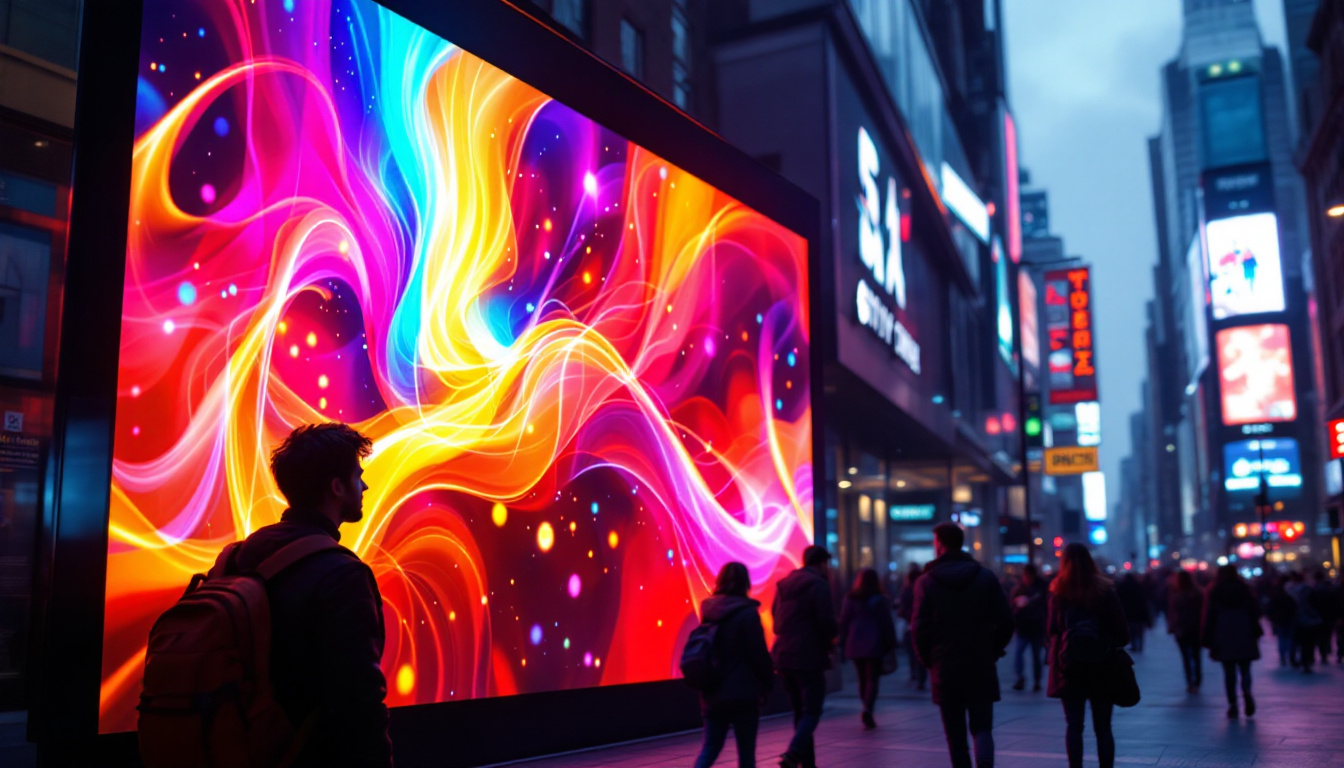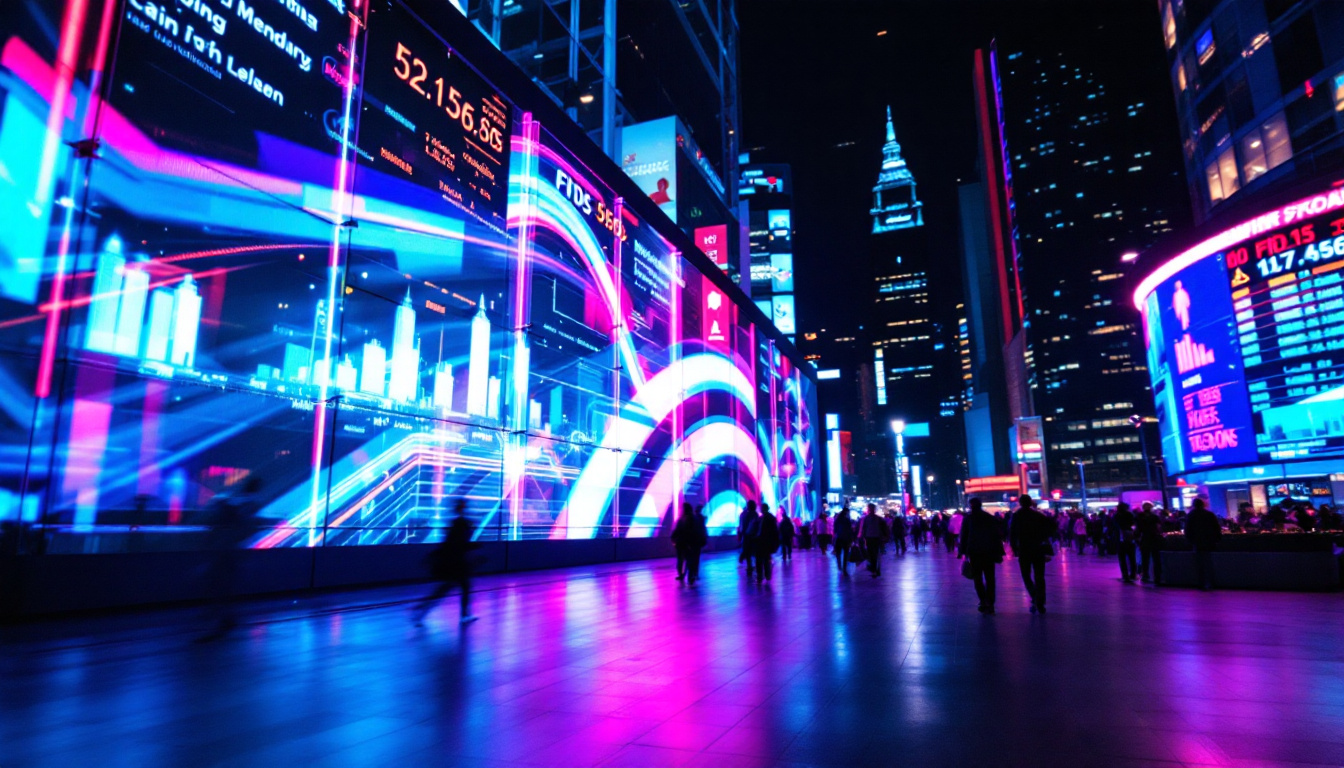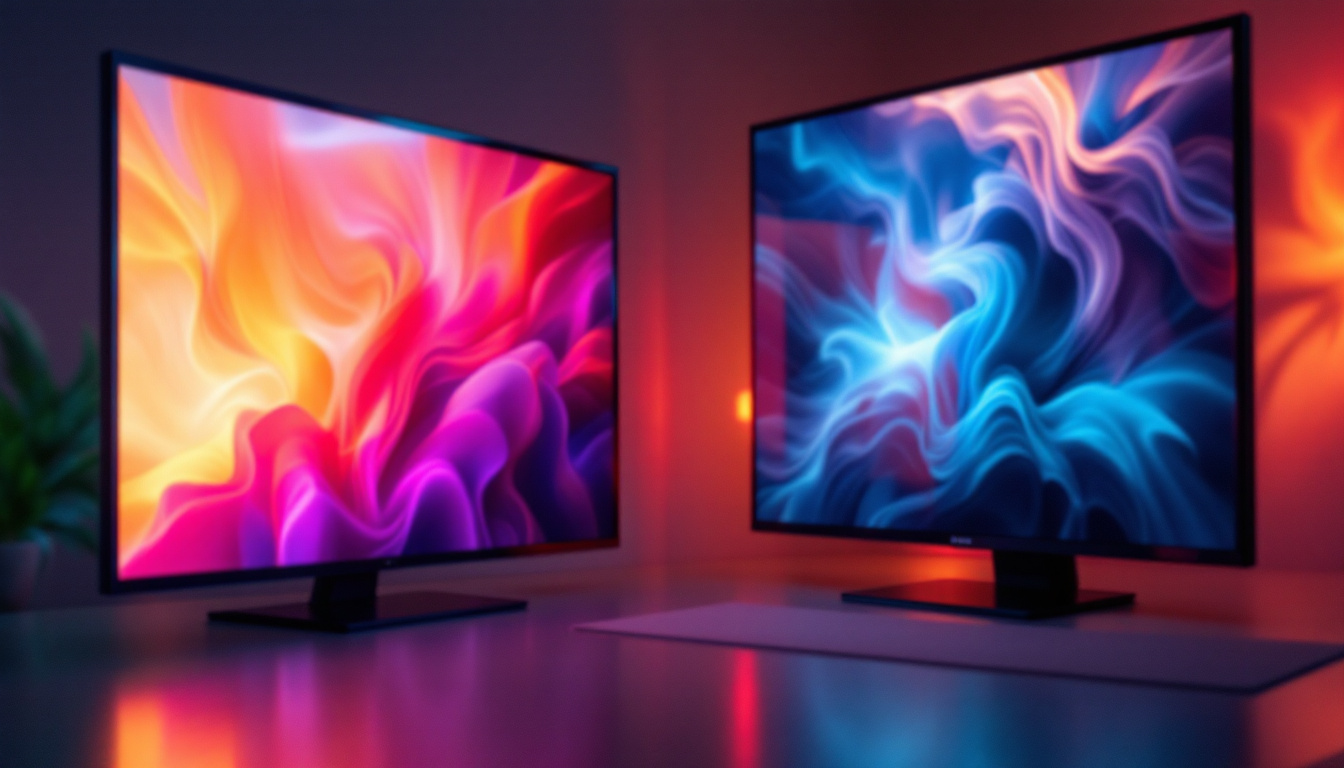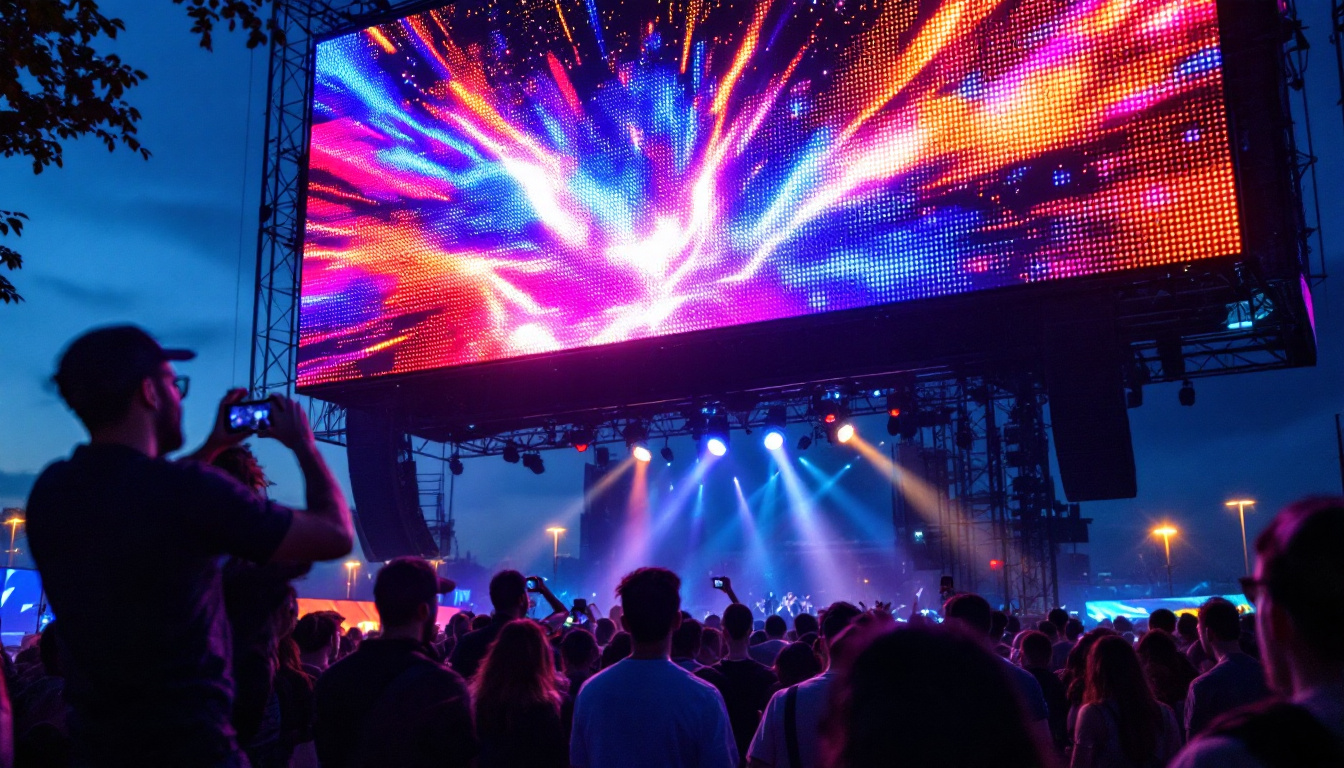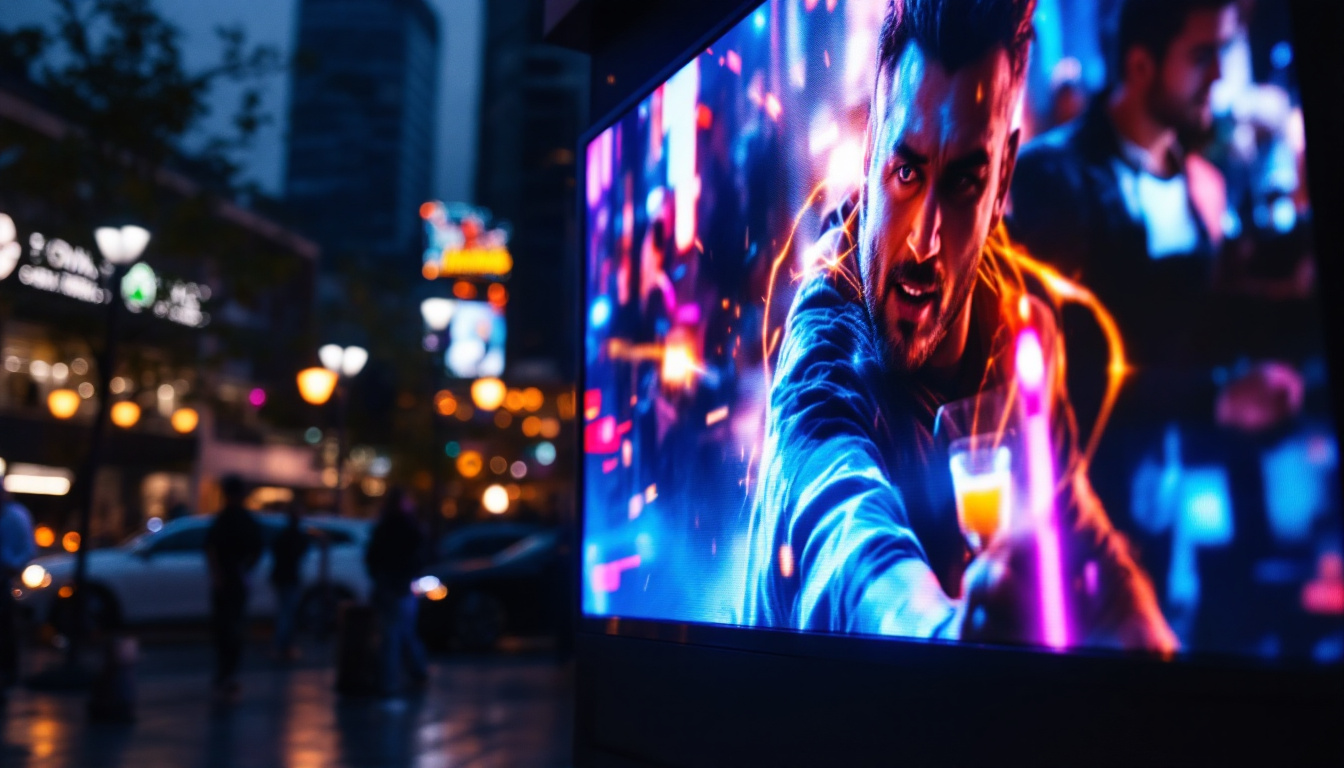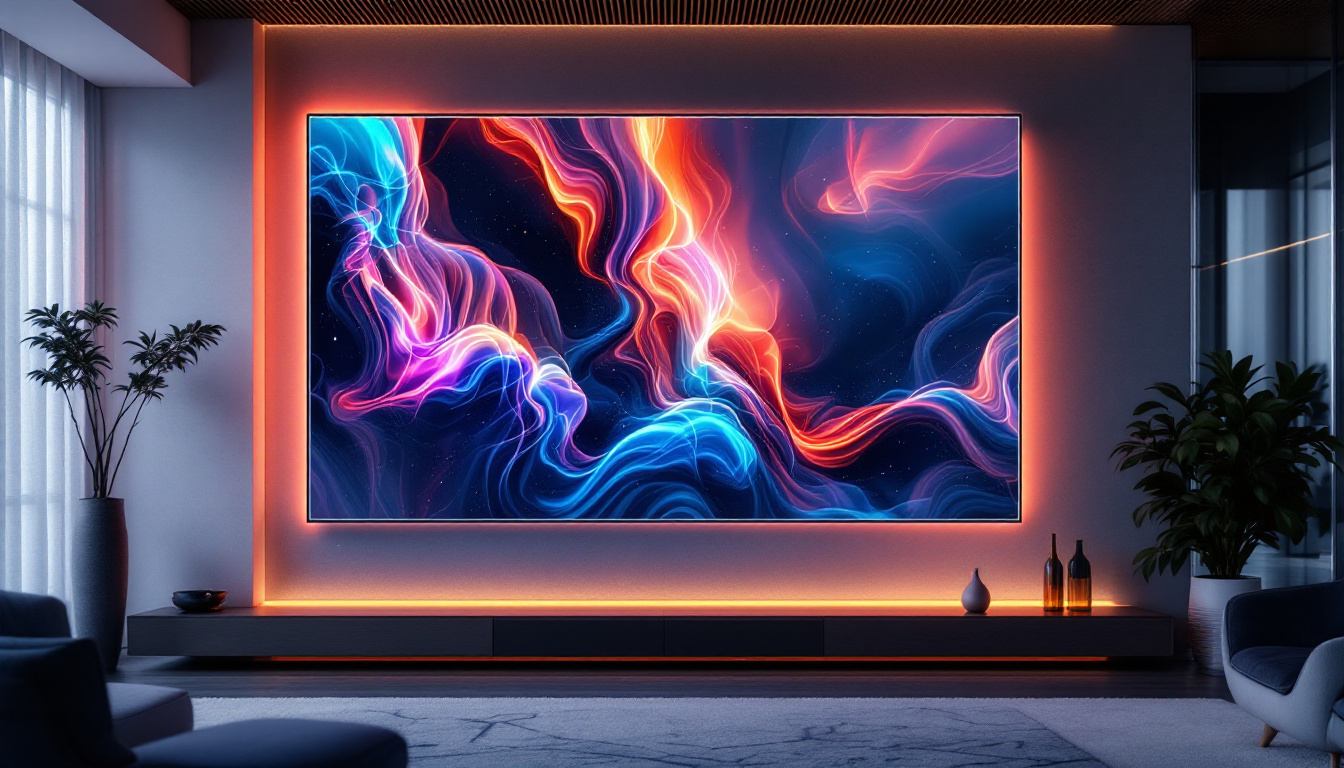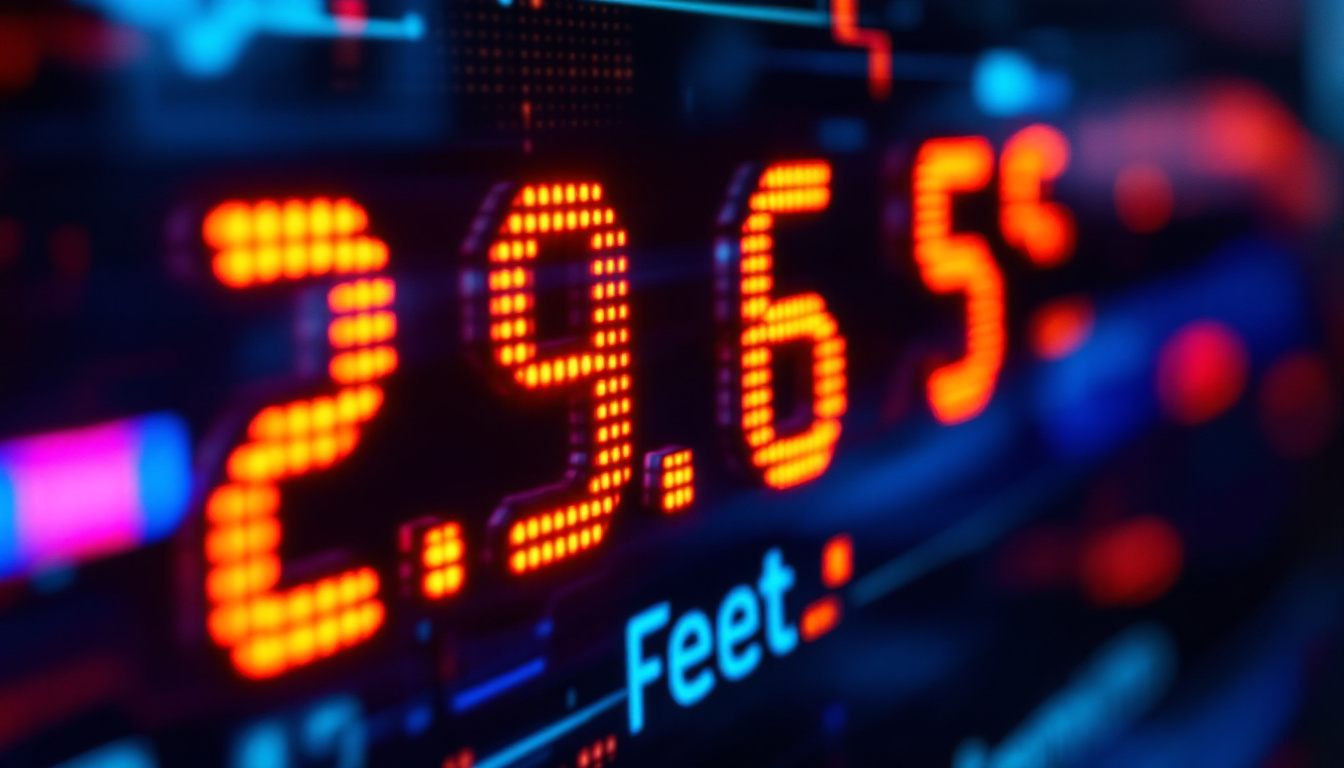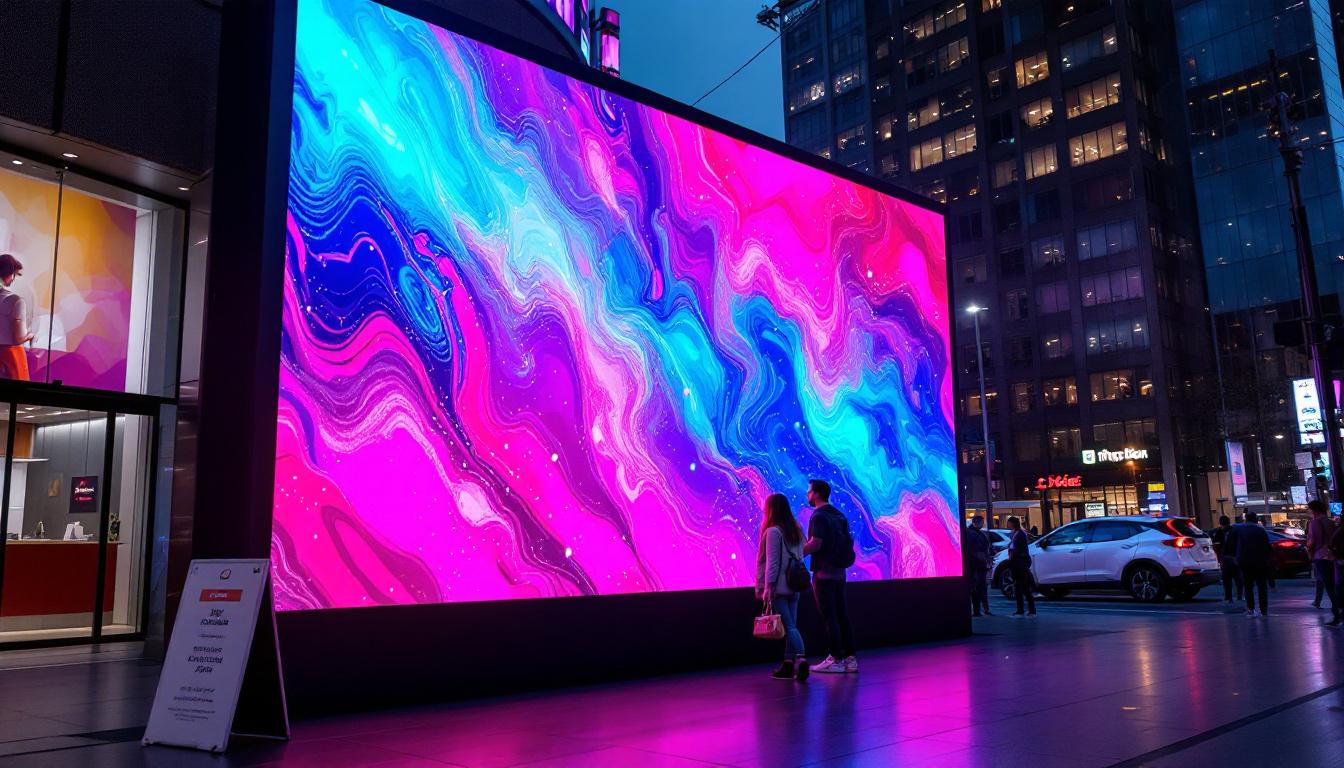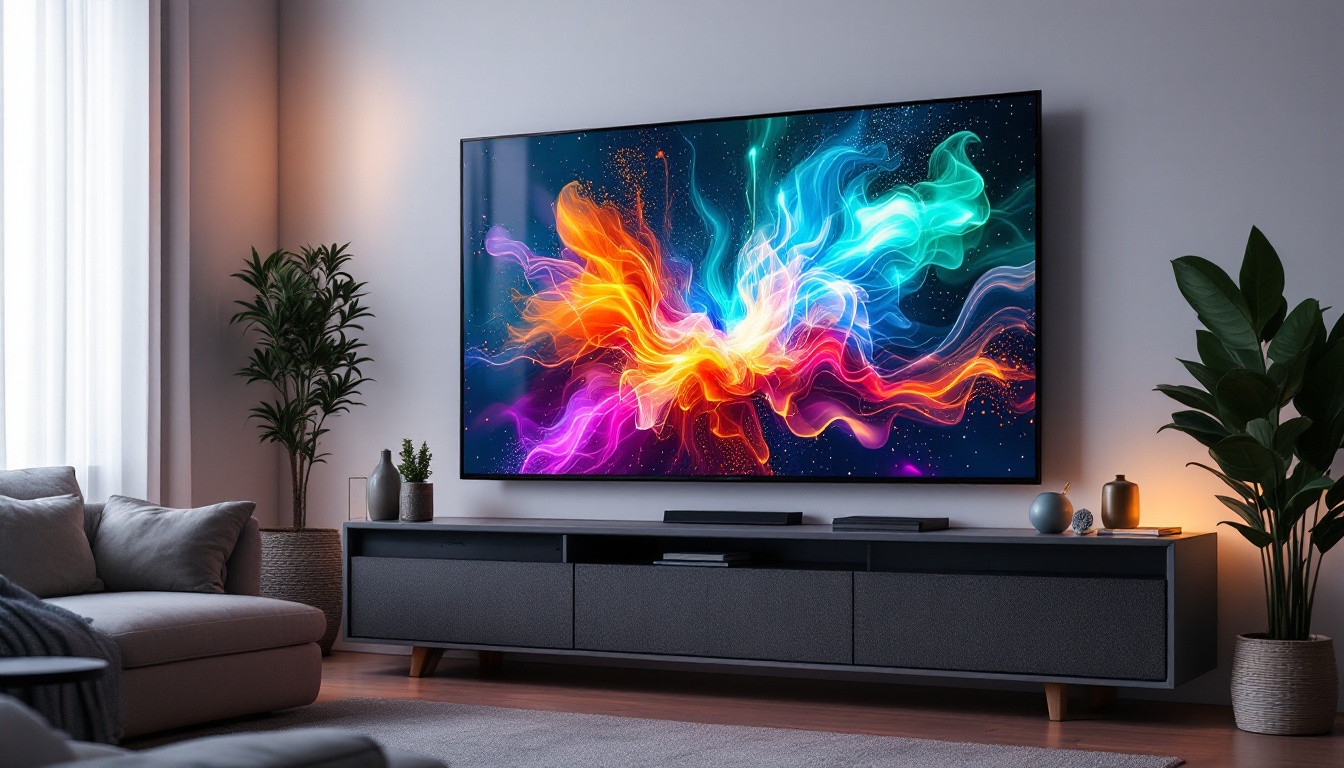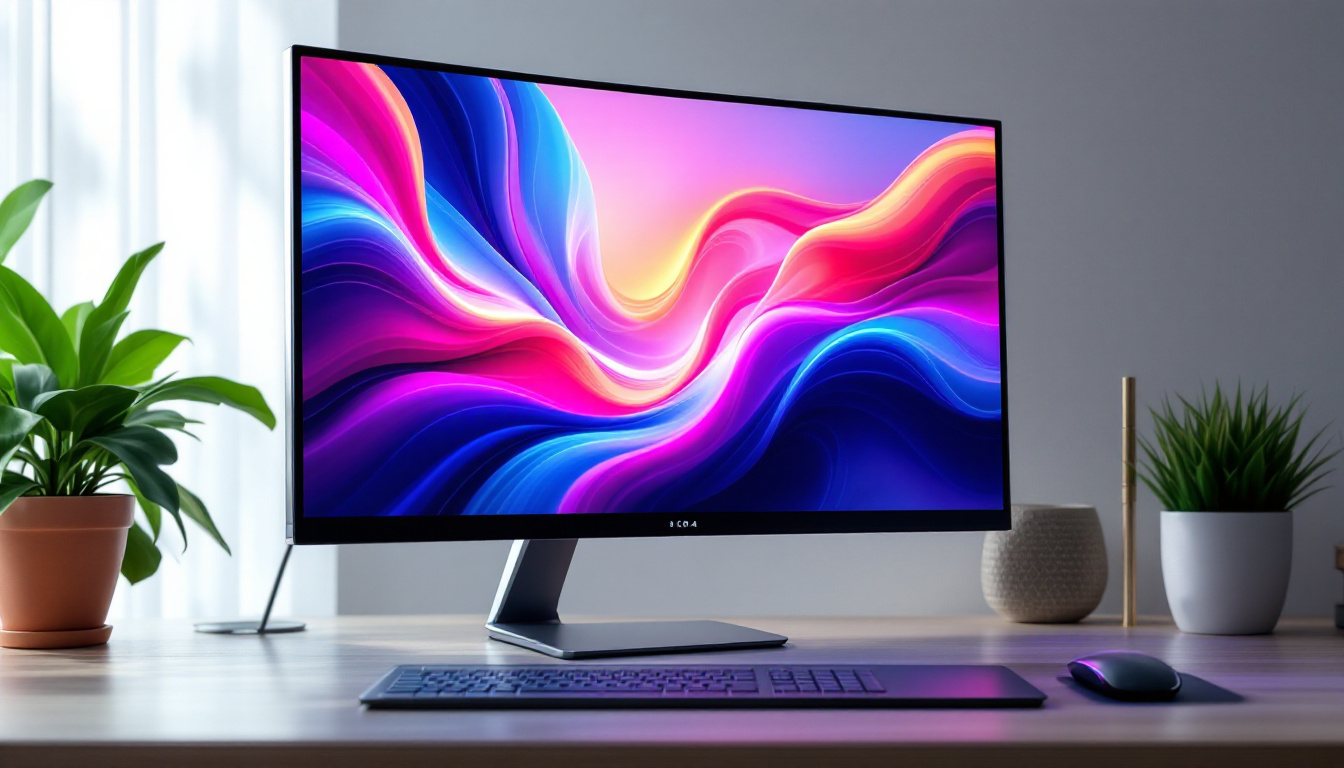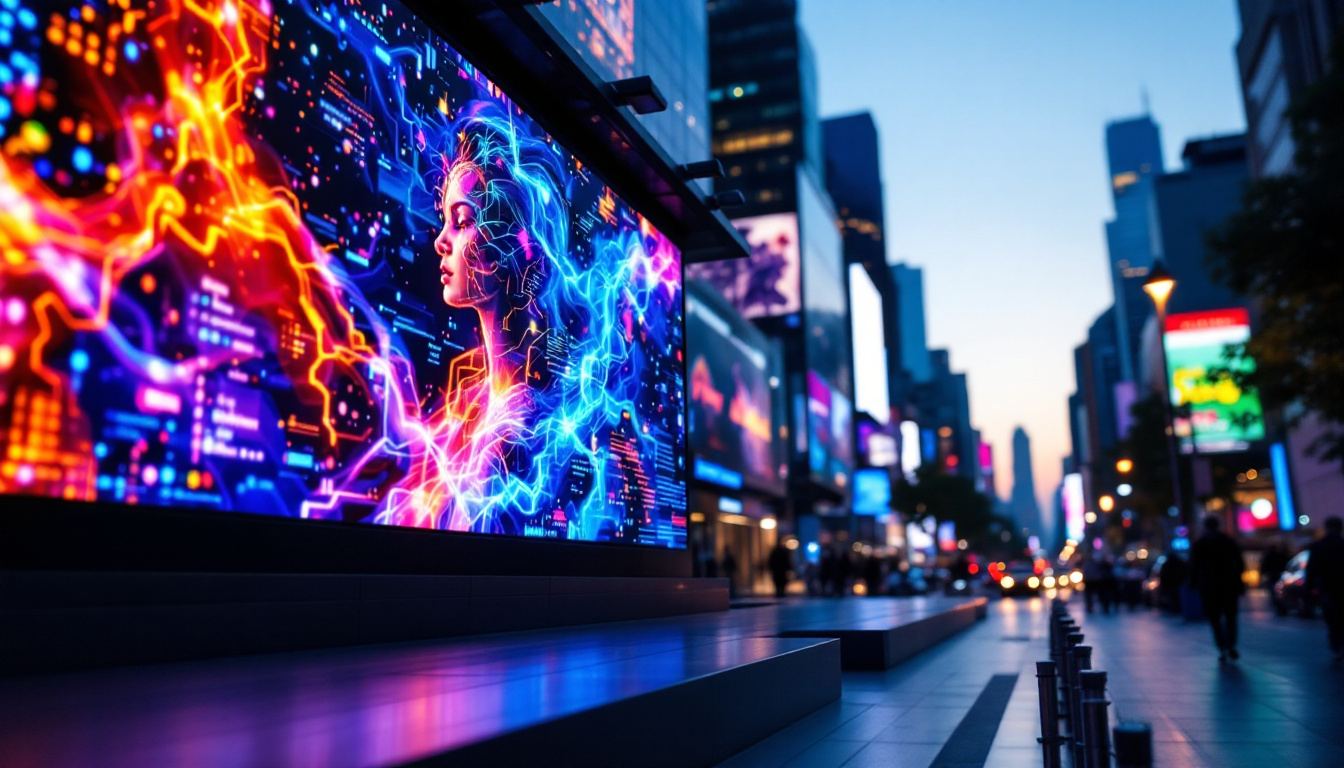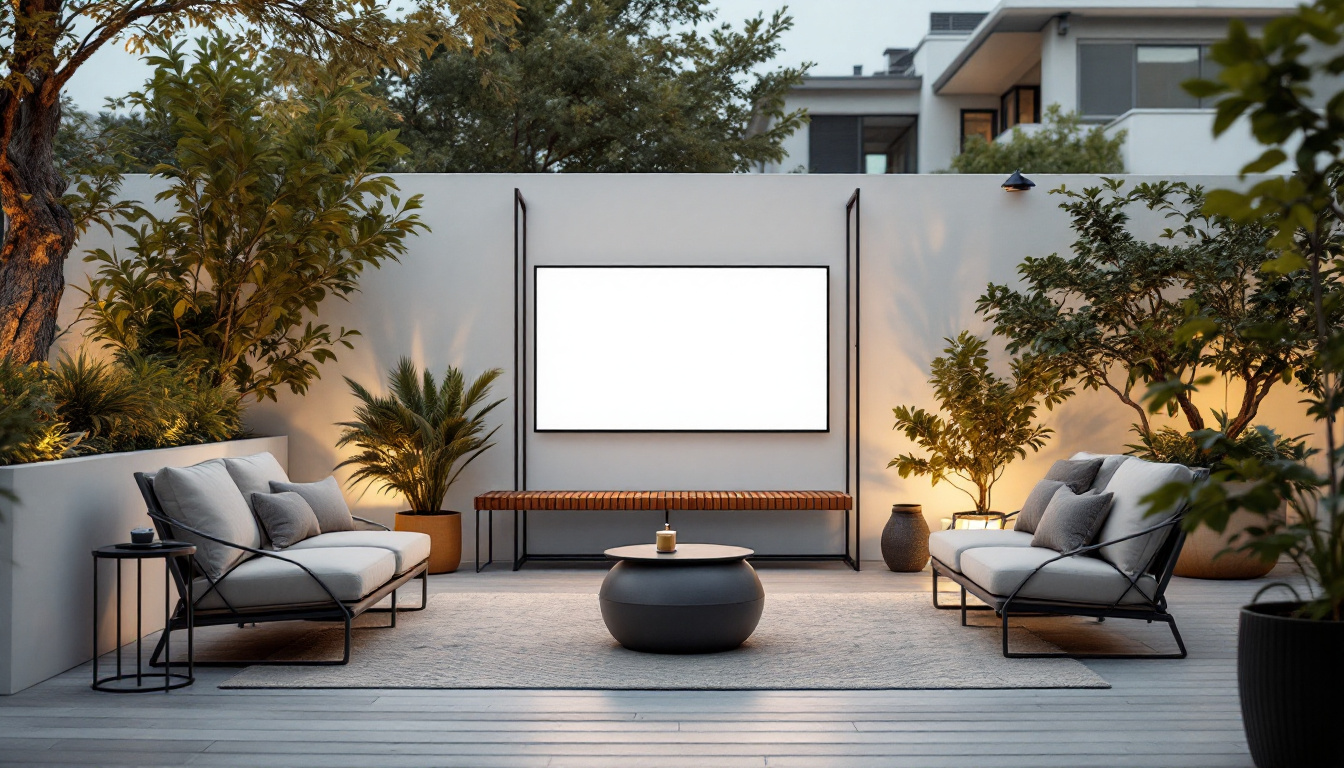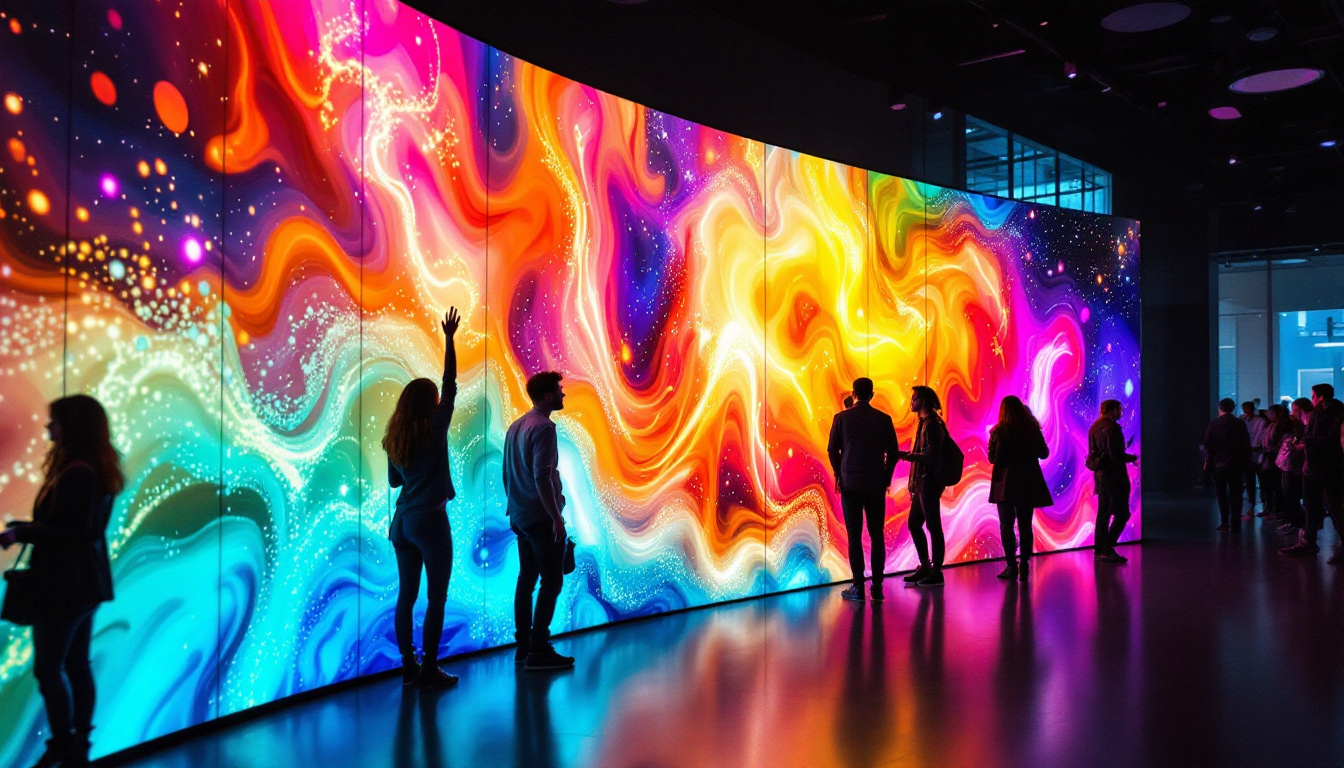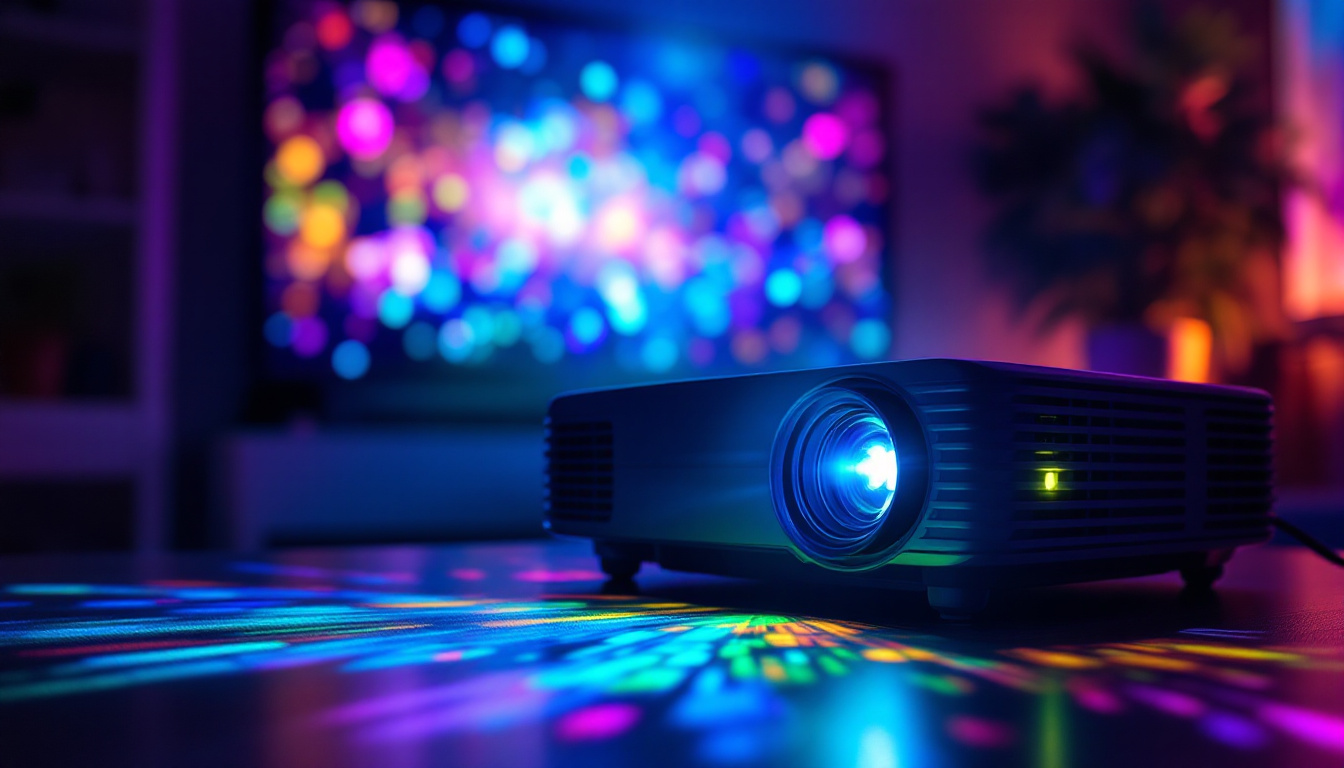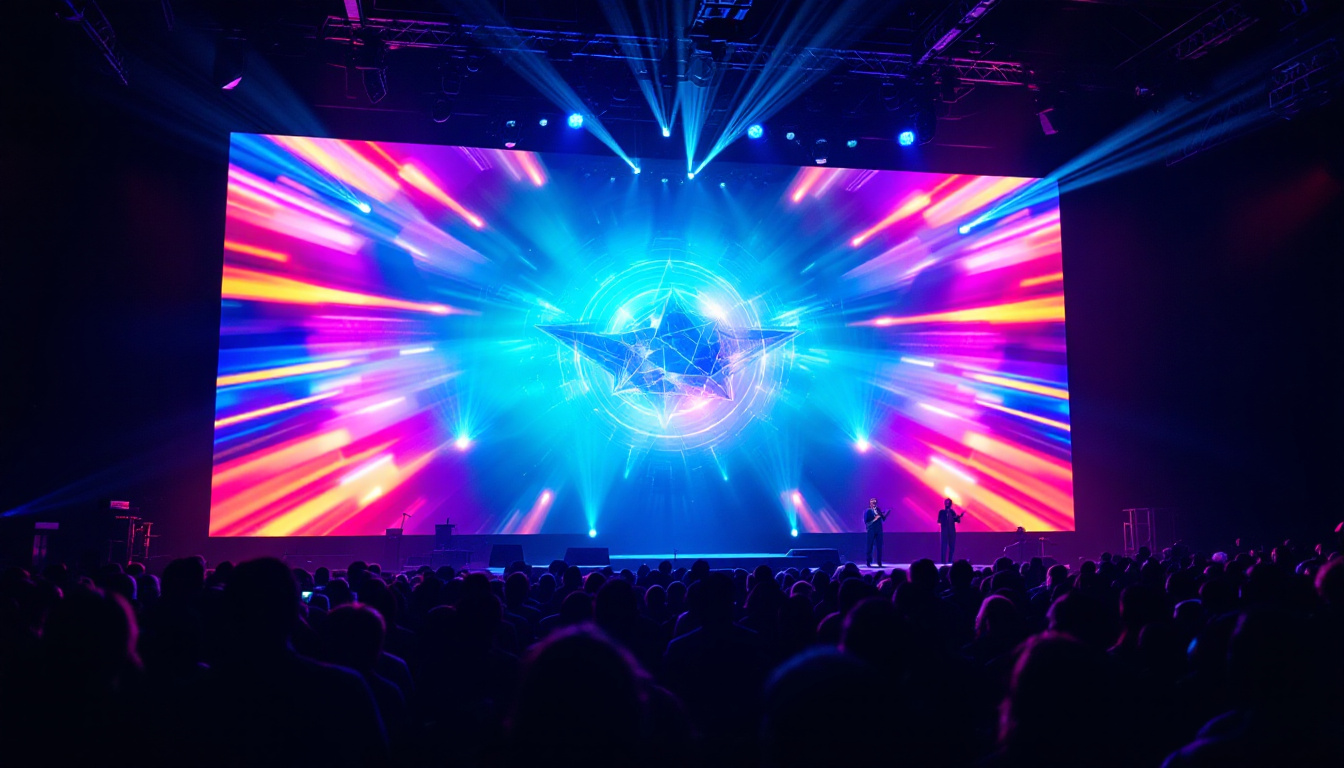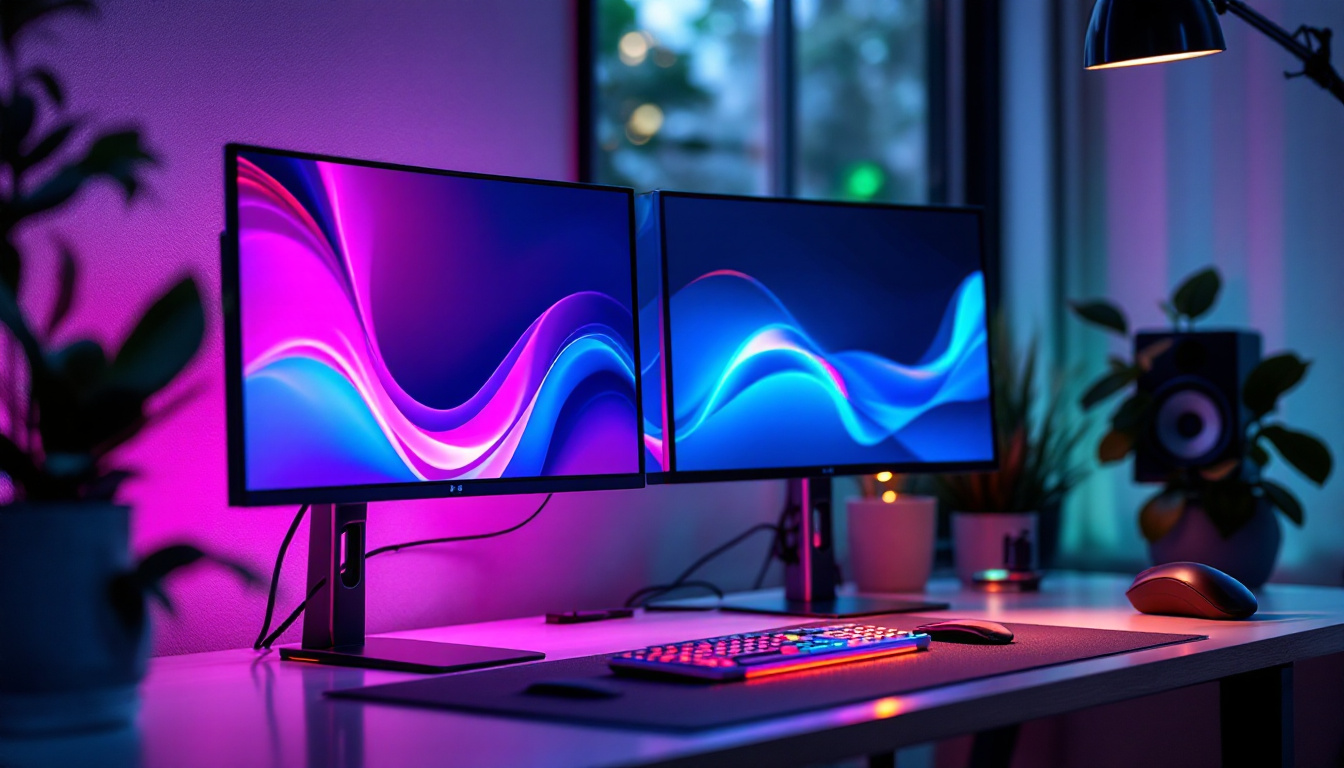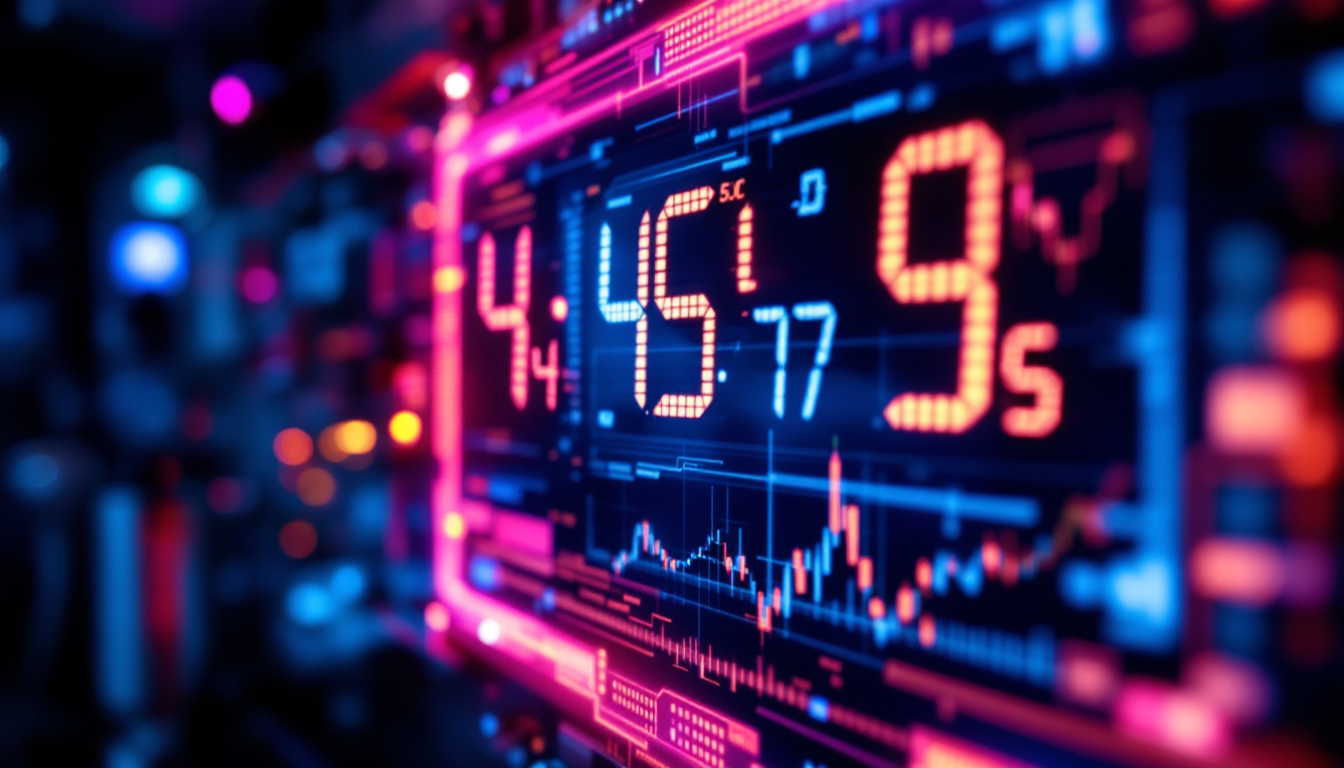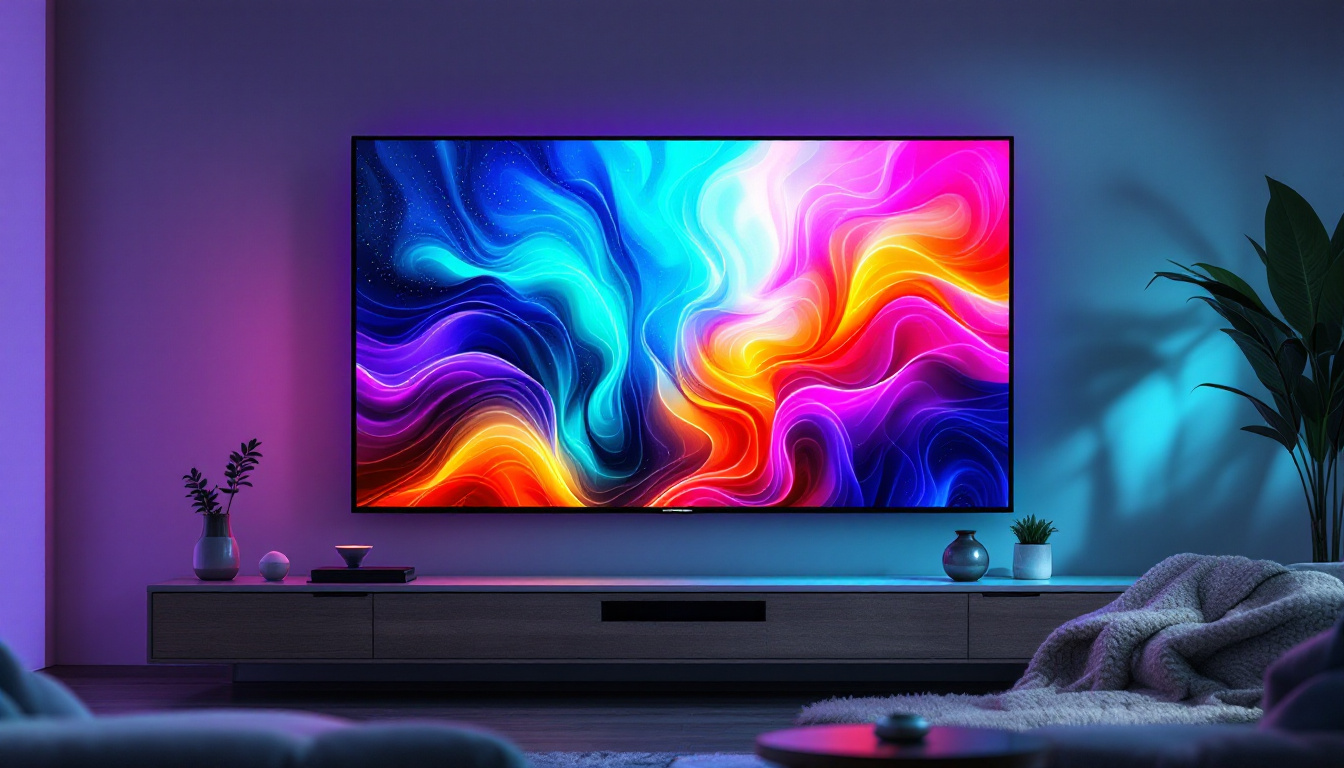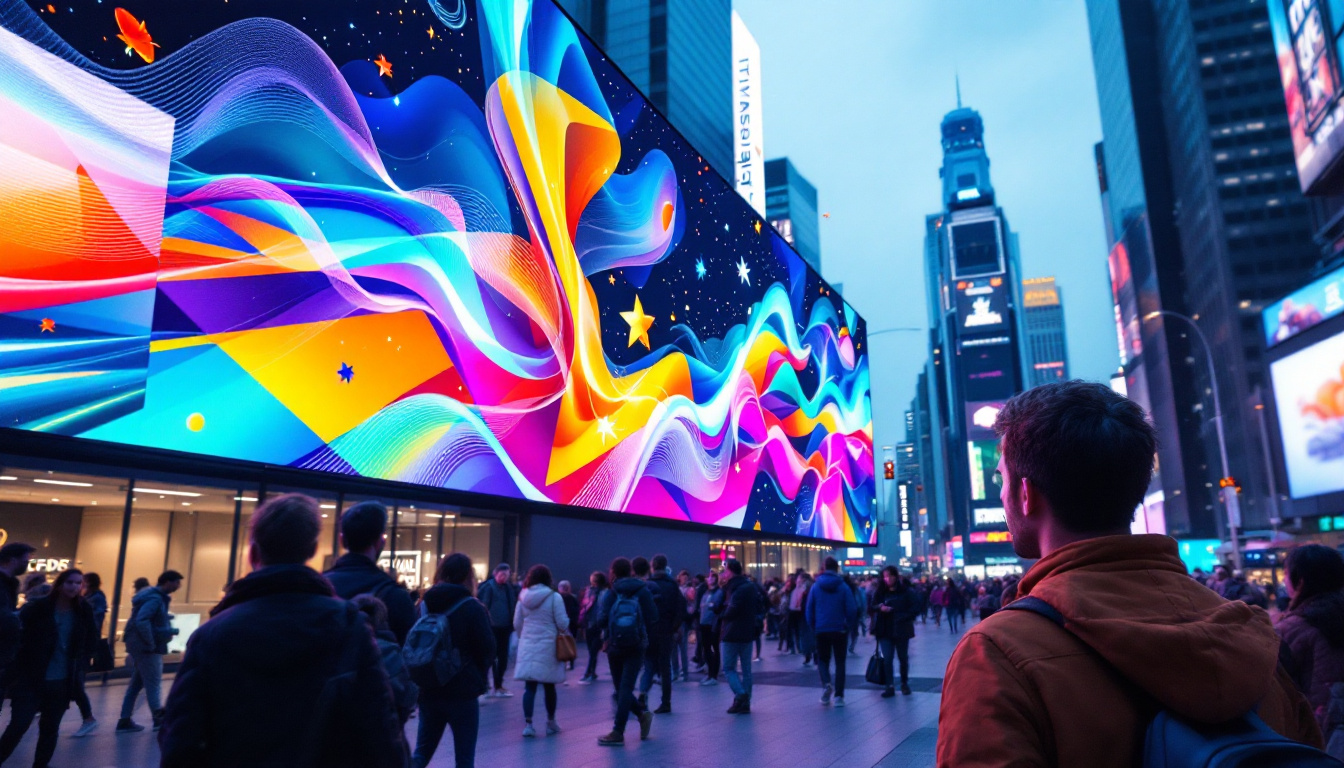The world of video displays has evolved significantly over the years, with LED technology leading the charge. One of the most critical aspects of LED displays is the concept of “pitch,” which refers to the distance between the centers of two adjacent pixels. Understanding pitch is essential for anyone involved in video production, advertising, or event management. This article delves into the intricacies of LED display pitch, its implications for video quality, and how it can be changed to suit various applications.
Understanding LED Display Pitch
LED display pitch is a fundamental characteristic that determines the resolution and clarity of an image. The pitch is typically measured in millimeters (mm), and it plays a significant role in how a display performs in different environments. The selection of the right pitch is crucial, as it can significantly impact the overall effectiveness of visual communication, whether in advertising, entertainment, or informational displays.
What is Pixel Pitch?
Pixel pitch refers to the distance from the center of one pixel to the center of the adjacent pixel. A smaller pixel pitch means that the pixels are closer together, resulting in a higher resolution and sharper images. Conversely, a larger pixel pitch indicates that the pixels are spaced further apart, which can lead to a lower resolution, especially noticeable when viewed from a close distance. This relationship between pixel pitch and image quality is vital for applications that demand high fidelity, such as digital signage in retail environments or high-definition video walls in corporate settings.
For example, an LED display with a pixel pitch of 2.5mm will provide a much clearer image than one with a pitch of 10mm when viewed from the same distance. This is particularly important in settings such as concerts, sports events, and advertising displays, where clarity and detail are paramount. Additionally, smaller pixel pitches can enhance the viewing experience by allowing for more intricate designs and vibrant colors, making them ideal for environments where visual impact is critical.
Why Does Pitch Matter?
The pitch of an LED display affects several factors, including viewing distance, image quality, and application suitability. Understanding these factors can help businesses and event organizers make informed decisions about the type of display they need. The choice of pixel pitch can also influence the overall cost of the display system, as smaller pitches typically come with higher price tags due to the increased technology and manufacturing precision required.
In general, the viewing distance should be at least 1.5 times the pixel pitch for optimal clarity. For instance, a display with a 3mm pitch is best viewed from at least 4.5 meters away. If viewers are closer than this distance, the individual pixels may become visible, leading to a less immersive experience. Moreover, the environment plays a crucial role in determining the appropriate pitch; for example, outdoor displays often require larger pitches due to the greater viewing distances and ambient light conditions, while indoor displays can benefit from smaller pitches for close-up viewing. This understanding of pitch not only aids in selecting the right display but also in maximizing the effectiveness of the visual content being presented.
Types of LED Displays Based on Pitch
LED displays come in various types, each designed for specific applications and environments. The pitch is a key factor in determining which type is most suitable for a given situation.
Fine Pitch LED Displays
Fine pitch LED displays typically have a pixel pitch of 1.5mm to 3mm. These displays are ideal for indoor environments where viewers are likely to be close to the screen, such as in control rooms, conference halls, and retail spaces. The high resolution of fine pitch displays ensures that images and videos appear sharp and vibrant, making them perfect for detailed presentations and high-end advertising.
Moreover, fine pitch displays often feature advanced technologies such as HDR (High Dynamic Range) and wide color gamut, further enhancing the visual experience. However, they can be more expensive than their larger pitch counterparts, making them a significant investment for businesses.
Standard Pitch LED Displays
Standard pitch LED displays usually have a pixel pitch ranging from 4mm to 10mm. These displays are versatile and can be used in both indoor and outdoor settings. They are commonly found in arenas, stadiums, and outdoor advertising billboards, where viewers are typically at a greater distance from the screen.
While standard pitch displays may not offer the same level of detail as fine pitch displays, they still provide excellent image quality and are often more cost-effective. Their ability to withstand various weather conditions makes them suitable for outdoor applications, where durability is crucial.
Coarse Pitch LED Displays
Coarse pitch LED displays have a pixel pitch greater than 10mm and are primarily used for large-scale outdoor advertising and events. These displays are designed for viewing from significant distances, making them ideal for billboards and large venue screens.
Although coarse pitch displays offer lower resolution compared to their fine and standard pitch counterparts, they are highly effective for conveying messages from afar. Their brightness and visibility in direct sunlight make them a popular choice for outdoor advertising, where the primary goal is to capture attention rather than provide intricate details.
Changing Pitch in LED Displays
While the pixel pitch of an LED display is typically fixed, there are ways to adapt the display’s performance to meet specific needs. This can involve using different configurations, technologies, or even software adjustments.
Modular Design
Many modern LED displays are designed with modular components, allowing users to create custom configurations based on their requirements. By combining different modules with varying pixel pitches, it is possible to create a display that suits a particular environment or application.
This modular approach not only allows for flexibility in pitch but also facilitates easy repairs and upgrades. If a module fails, it can be replaced without needing to replace the entire display, minimizing downtime and maintenance costs.
Software Adjustments
Advancements in software technology have also made it possible to optimize LED displays for different viewing conditions. Software can adjust brightness, contrast, and color settings based on the environment, ensuring that the display performs optimally regardless of the pitch.
Additionally, some software solutions allow for the simulation of different pixel pitches, helping businesses visualize how their content will appear on displays with varying resolutions. This capability can be invaluable when planning advertising campaigns or event setups.
Applications of LED Displays
LED displays are used in a wide range of applications, each benefiting from the unique characteristics of different pixel pitches. Understanding these applications can help organizations choose the right display for their needs.
Advertising and Marketing
In the advertising sector, LED displays are a powerful tool for capturing consumer attention. Fine pitch displays are often used in retail environments to showcase products in vivid detail, while standard and coarse pitch displays are utilized for outdoor advertising campaigns.
Dynamic content such as videos, animations, and live feeds can be displayed on these screens, enhancing engagement and increasing brand visibility. The ability to change content quickly allows advertisers to respond to market trends and consumer behavior in real time.
Events and Entertainment
LED displays play a crucial role in the events and entertainment industry. From concerts to sports events, these displays provide audiences with immersive experiences. Fine pitch displays are often used for close-up viewing, while larger coarse pitch screens are set up for audiences at a distance.
Moreover, the versatility of LED displays allows for creative staging, with screens used as backdrops, interactive elements, or even as part of the performance itself. This adaptability makes LED technology a favorite among event organizers looking to create memorable experiences.
Corporate and Educational Use
In corporate settings, LED displays are used for presentations, meetings, and training sessions. Fine pitch displays ensure that all participants can see the content clearly, regardless of their seating position. In educational institutions, these displays enhance learning experiences by providing engaging visual content.
Additionally, the ability to connect multiple displays and create a larger viewing area is beneficial for collaborative work and group discussions. This technology fosters an interactive environment, encouraging participation and engagement from all attendees.
Future Trends in LED Display Technology
The LED display industry is continuously evolving, with new technologies and trends emerging regularly. Staying informed about these developments can help businesses make strategic decisions regarding their display needs.
MicroLED Technology
MicroLED technology is one of the most exciting advancements in the LED display sector. This technology utilizes microscopic LEDs to create displays with exceptional brightness, color accuracy, and resolution. MicroLED displays can achieve finer pixel pitches than traditional LED displays, making them suitable for a wide range of applications.
Moreover, MicroLED technology allows for greater flexibility in display design, enabling curved and irregular shapes that can enhance visual appeal. As this technology matures, it is expected to become more widely adopted across various industries.
Increased Interactivity
As consumers demand more interactive experiences, LED displays are evolving to incorporate touch and gesture recognition technologies. This trend allows users to engage with content in innovative ways, transforming traditional displays into interactive platforms.
From interactive advertising to immersive educational tools, the possibilities are vast. Businesses that embrace interactivity can create memorable experiences that resonate with their audiences, driving engagement and brand loyalty.
Sustainability and Energy Efficiency
With growing concerns about environmental impact, the LED display industry is focusing on sustainability and energy efficiency. Newer models are designed to consume less power while maintaining high brightness and performance levels.
Additionally, manufacturers are exploring eco-friendly materials and recycling options for old displays. By prioritizing sustainability, the industry can contribute to a greener future while meeting the needs of environmentally conscious consumers.
Conclusion
Understanding pixel pitch and its implications for LED displays is crucial for anyone involved in video production, advertising, or event management. With various types of displays available, each suited for different applications, choosing the right pitch can significantly impact image quality and viewer experience.
As technology continues to advance, the future of LED displays looks promising, with innovations such as MicroLED technology, increased interactivity, and a focus on sustainability shaping the industry. By staying informed about these trends, businesses can leverage LED displays to enhance their communication strategies and engage their audiences effectively.
In a world where visual communication is paramount, mastering the intricacies of LED displays can provide a competitive edge, ensuring that messages are conveyed clearly and effectively.
Explore Cutting-Edge LED Display Solutions with LumenMatrix
Ready to elevate your visual communication with the latest in LED display technology? Look no further than LumenMatrix, a pioneer in creating immersive and dynamic visual experiences. Whether you need an Indoor LED Wall Display for your corporate event, an Outdoor LED Wall Display for impactful advertising, or any of our specialized solutions like Vehicle LED Displays, LED Sports Displays, or Custom LED Displays, LumenMatrix has you covered. Embrace the future of digital signage with our All-in-One and Transparent LED Displays, designed to captivate your audience and amplify your message. Check out LumenMatrix LED Display Solutions today and transform your space into a beacon of innovation and engagement.

